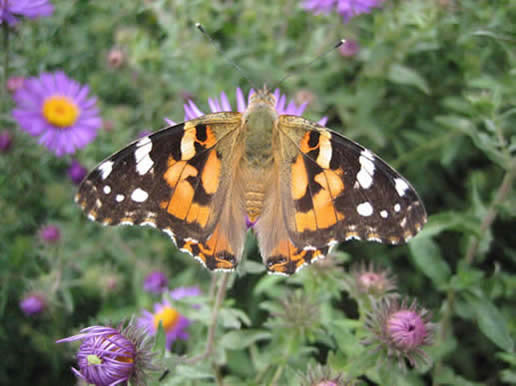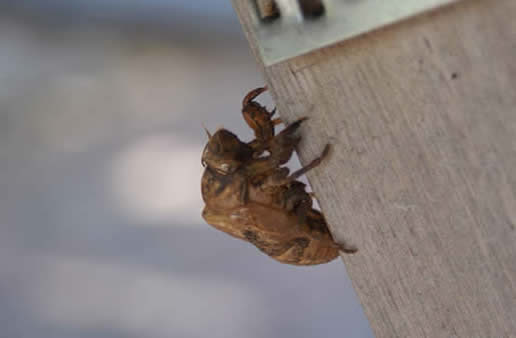Insects
The following is a guide to some of the insects that may be encountered in the Arboretum.
- Family
- Habitat: where it can be found in southern Minnesota
- Most commonly heard vocalizations (if applicable)
- Size
- Status at Gustavus (when and how often it is seen on campus)
- Additional information
Butterflies and Moths
Monarch (Danaus plexippus)
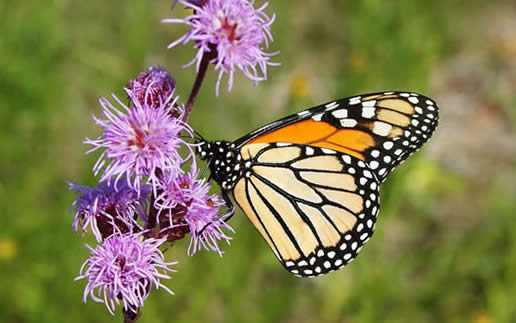
- Status: commonly seen in prairies and gardens of Arb and rest of campus mid-May to early October
- Habitat: prairies and grasslands, especially where milkweed (host plant) is plentiful
- Wingspan up to 4 inches
- State Butterfly of Minnesota
Viceroy (Limenitis archippus)
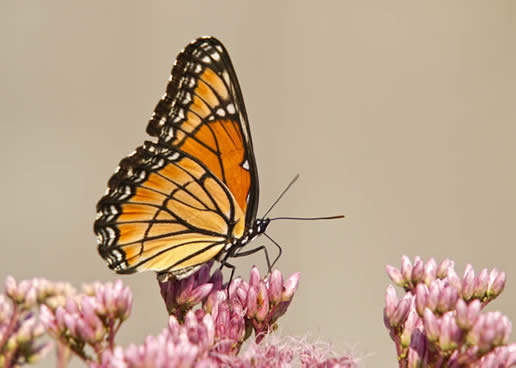
- Status: infrequently seen in prairies and gardens of Arb and rest of campus late May to early October
- Habitat: open areas near willows and poplars (host plants)
- Wingspan up to 3 inches
- Mimics the monarch in appearance; while the monarch is poisonous to predators, the viceroy is not
Red-spotted Purple (Limenitis arthemis)
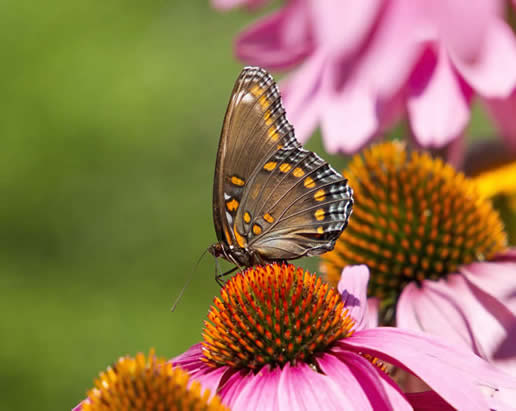
- Status: very rarely seen in gardens of Arb, only observations from late July 2010 and early August 2011
- Habitat: open woodlands and forest edges, especially near birches, willows, and poplars (host plants)
- Wingspan up to 3 inches
- Now considered the same species as the White Admiral, which is a butterfly more common in northern Minnesota
Eastern Tiger Swallowtail (Papilio glaucus) L.
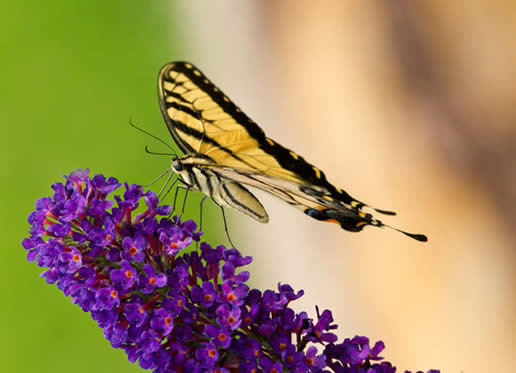
- Status: infrequently seen in gardens and wooded areas of Arb and rest of campus mid-May to late September
- Habitat: semi-open to dense woodlands, open areas near trees, especially where poplars (host plants) are present
- Wingspan up to 5 inches
- Males are yellow, but females can be either yellow morph or dark morph
Eastern Black Swallowtail (Papilio polyxenes)

- Status: seen only a few times each year in gardens of Arb from late May to mid-October
- Habitat: grasslands, open areas near gardens, especially where members of the carrot family (host plants) are present
- Wingspan up to 4 inches
Painted Lady (Vanessa cardui) L.
- Status: infrequently seen in prairies and gardens of Arb and rest of campus early May to early October
- Habitat: prairies and grasslands, especially where asters and thistles (host plants) are present
- Wingspan up to 3 inches
- Found on every continent except Antarctica
Red Admiral (Vanessa atalanta) L.
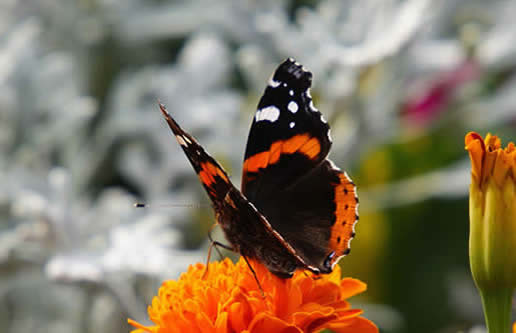
- Status: infrequently seen in gardens of Arb and rest of campus early May to early October
- Habitat: woodlands, wet grasslands, suburban areas where nettles (host plants) are present
- Wingspan up to 3 inches
- Unable to survive cold winters, the northern populations of this species are usually replenished by emigrants from southern populations
Clouded Sulphur (Colias philodice)

- Status: commonly seen in gardens of Arb and rest of campus late May to early October
- Habitat: grasslands, open areas where vetches and clovers (host plants) are present
- Wingspan up to 2 inches
- Males of this species are always yellow while females can appear whitish or light greenish
Cabbage White (Pieris rapae) L.
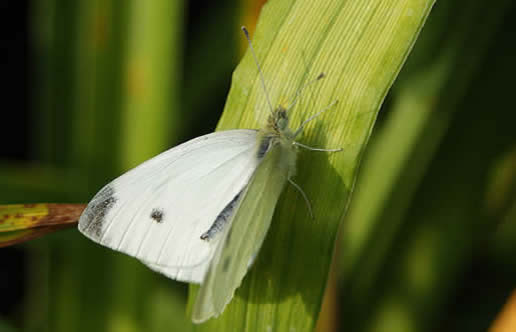
- Status: commonly seen across campus early May to early October
- Habitat: open woodlands, grasslands, open rural and urban areas where mustards (host plants) are present
- Wingspan up to 2 inches
- Introduced in North America (native to Europe, Africa, and Asia)
Pearl Crescent (Phyciodes tharos)
- Status: commonly seen in prairies and gardens of Arb and rest of campus early May to early October
- Habitat: prairies, pastures, semi-open woodlands, especially where asters (host plants) are present
- Wingspan up to 1 inch
White-lined Sphinx (Hyles lineate)
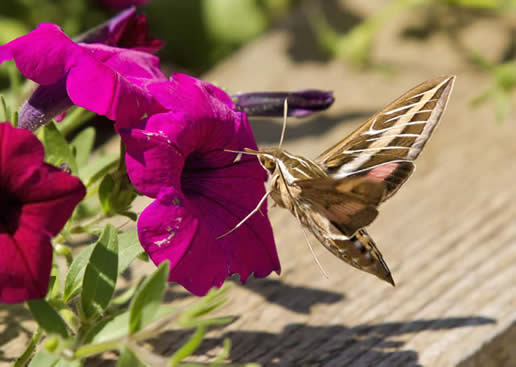
- Status: infrequently seen in gardens of Arb and rest of campus late May to late September, most often near dusk
- Habitat: wide variety of habitats, gardens
- Wingspan up to 4 inches
- Often mistaken for hummingbirds
Hummingbird Clearwing (Hemaris thysbe)
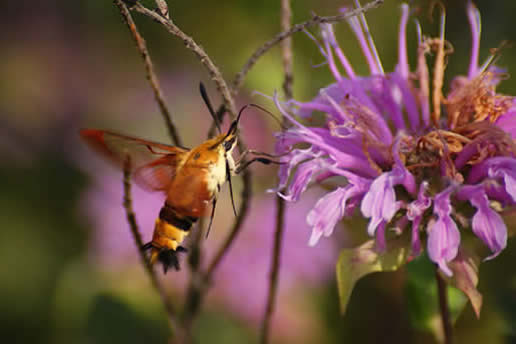
- Status: very rarely seen in gardens and prairies of Arb, only observations from early August 2009 and late July 2011
- Habitat: wide variety of habitats, gardens
- Wingspan up to 2 inches
- Mimics bumblebees
Dragonflies and Damselflies
Common Green Darner (Anax junius)
- Status: commonly seen in Arb near wetlands mid-April to early October, large numbers seen migrating in May and September
- Habitat: prairies, wetlands, areas near water
- Wingspan up to 4 inches
- One of only two North American insects that truly migrates (other is monarch butterfly)
Meadowhawk (Sympetrum sp.)
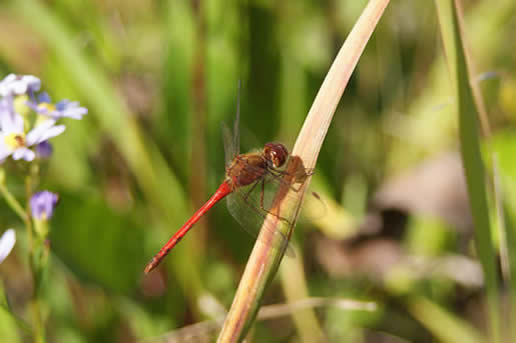
- Status: commonly seen in Arb near prairies and wetlands late May to late September
- Habitat: prairies, grassy areas near water
- Wingspan up to 2 inches
- Females and juveniles are golden in color
Twelve-spotted Skimmer (Libellula pulchella)
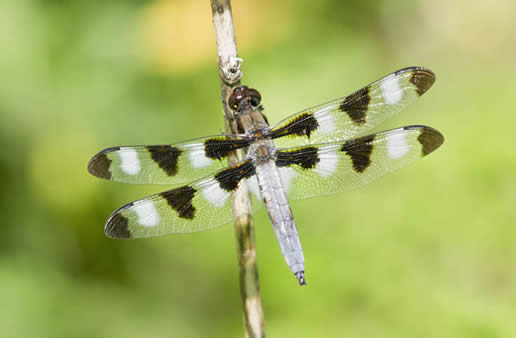
Photo taken near Grand Marais, Cook County
- Status: commonly seen throughout Arb, especially near prairies and wetlands, late May to late September
- Habitat: prairies, wetlands, grassy areas near water
- Wingspan up to 3 inches
Widow Skimmer (Libellula luctuosa)
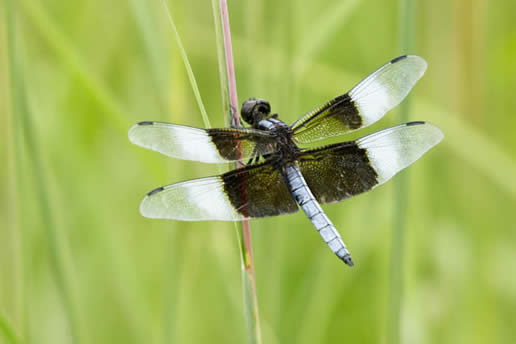
- Status: commonly seen throughout Arb, especially near prairies and wetlands, late May to late September
- Habitat: prairies, wetlands, grassy areas near water
- Wingspan up to 3 inches
Cicadas
Annual Cicada (Tibicen canicularis)
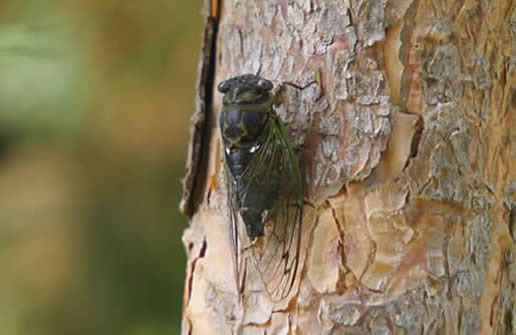
- Status: heard daily in Arb and across campus late June to early October, most often around midday, exoskeletons frequently found on tree trunks and wooden structures
- Habitat: woodlands, forested areas, open areas with trees
- Voice is a loud, monotonous buzz lasting up to 10 seconds (made with its abdomen)
- Length up to 2 inches
- Usually begins buzzing once temperature reaches 70°F
Scissors-grinder Cicada (Tibicen auletes)
- Status: infrequently heard in Arb and across campus late June to late September, most often around midday, exoskeletons frequently found on tree trunks and wooden structures
- Habitat: woodlands, forested areas, open areas with trees
- Voice is a loud buzz that alternates up and down in pitch such that it sounds like a saw grinding, lasts up to 5 minutes
- Length up to 2 inches
- Usually begins buzzing once temperature reaches 80°F
Crickets, Grasshoppers, and Katydids
Bush Katydid (Scudderia sp.)
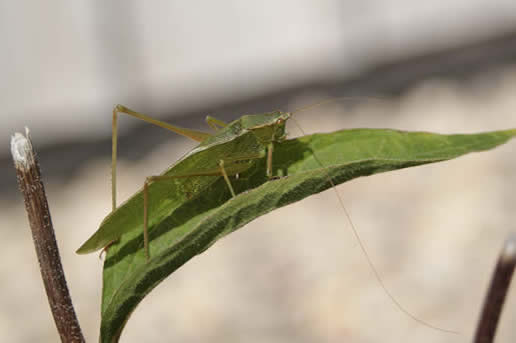
- Status: infrequently seen on plants in Arb and elsewhere across campus, frequently heard at night
- Habitat: gardens, shrubby areas
- Voice is a loud series of short click-like buzzes repeated several times
- Length up to 3 inches
- Similar to grasshoppers in appearance, katydids are more closely related to crickets
Carolina Grasshopper (Dissosteira carolina) L.
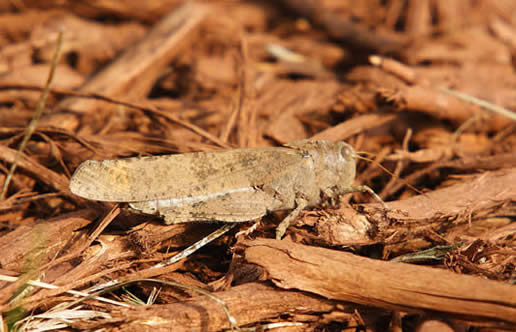
- Status: commonly seen in Arb along trails and in open areas
- Habitat: grasslands, open areas, disturbed areas
- Length up to 3 inches
- Cryptically colored at rest, this species reveals dark blue wings outlined in yellow when in flight
Bees and Wasps
Western Honeybee (Apis mellifera) L.
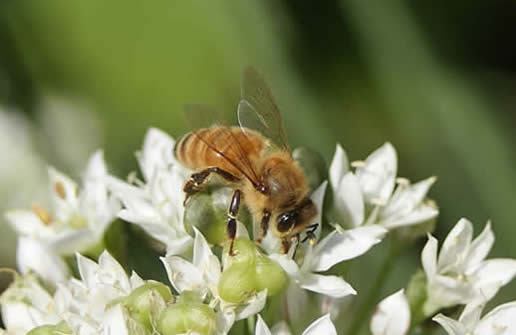
- Status: commonly seen nectaring in gardens of Interpretive Center early May to mid-October
- Habitat: gardens, suburban areas, anywhere near flowers
- Length up to ½ inch
- Originally native to Europe, Asia, and Africa
Bumblebee (Bombus sp.)

- Status: commonly seen nectaring in gardens of Interpretive Center early May to mid-October
- Habitat: gardens, suburban areas, anywhere near flowers
- Length up to ¾ inch
- Both bumblebees and honeybees are important pollinators of crops and wildflowers
Downy Yellowjacket (Vespula flavopilosa)
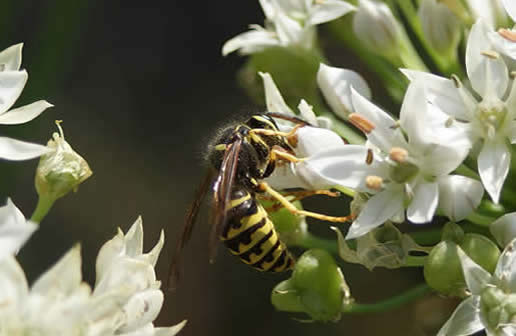
- Status: infrequently seen in gardens of Interpretive Center early May to early October
- Habitat: gardens, suburban areas, anywhere near flowers
- Length up to ½ inch
- Like all yellowjackets, this species is a classic “picnic pest,” attracted to both sweets and meaty foods
Great Golden Digger Wasp (Sphex ichneumoneus)
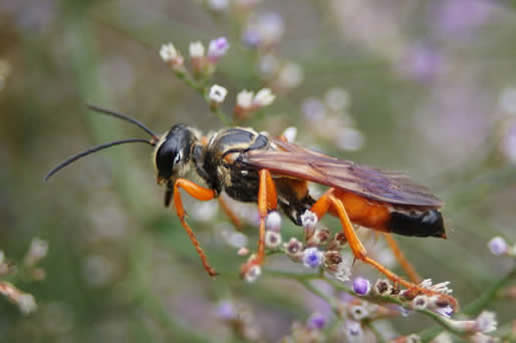
- Status: seen in small numbers around gardens of Interpretive Center early May to early October
- Habitat: gardens, suburban areas, anywhere near flowers
- Length up to 2 inches
- A solitary rather than colonial wasp, this species feeds on crickets, grasshoppers, and katydids
Great Black Wasp (Sphex pennsylvanicus)
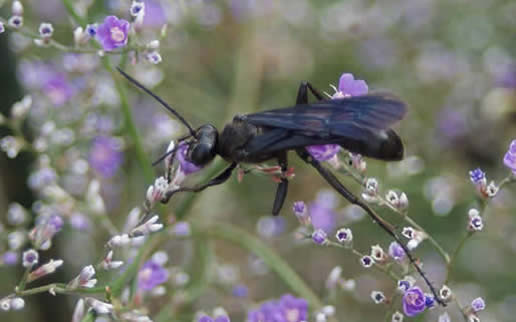
- Status: commonly seen nectaring in gardens of Interpretive Center early May to mid-October
- Habitat: gardens, suburban areas, anywhere near flowers
- Length up to 2 inches
- While other wasps generally nest up high and in trees, this species nests in holes in the ground
* All photos taken at Gustavus by Bob Dunlap, Arboretum Naturalist unless otherwise noted.
